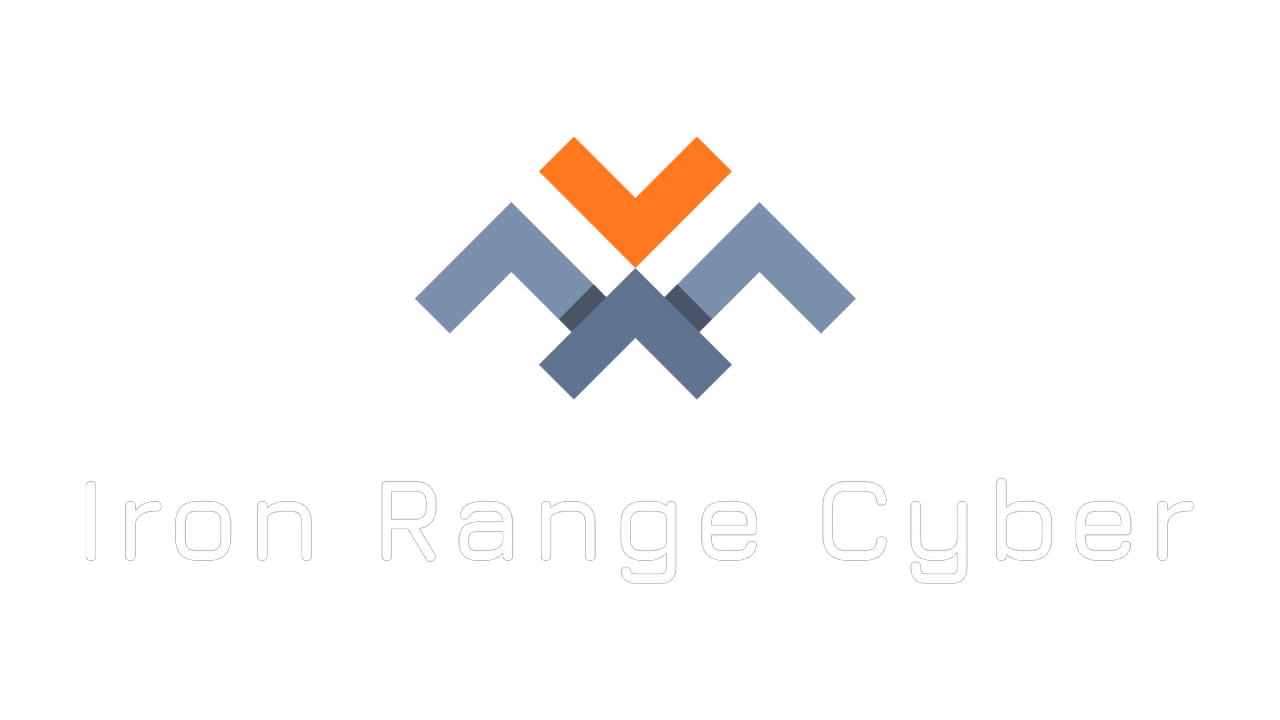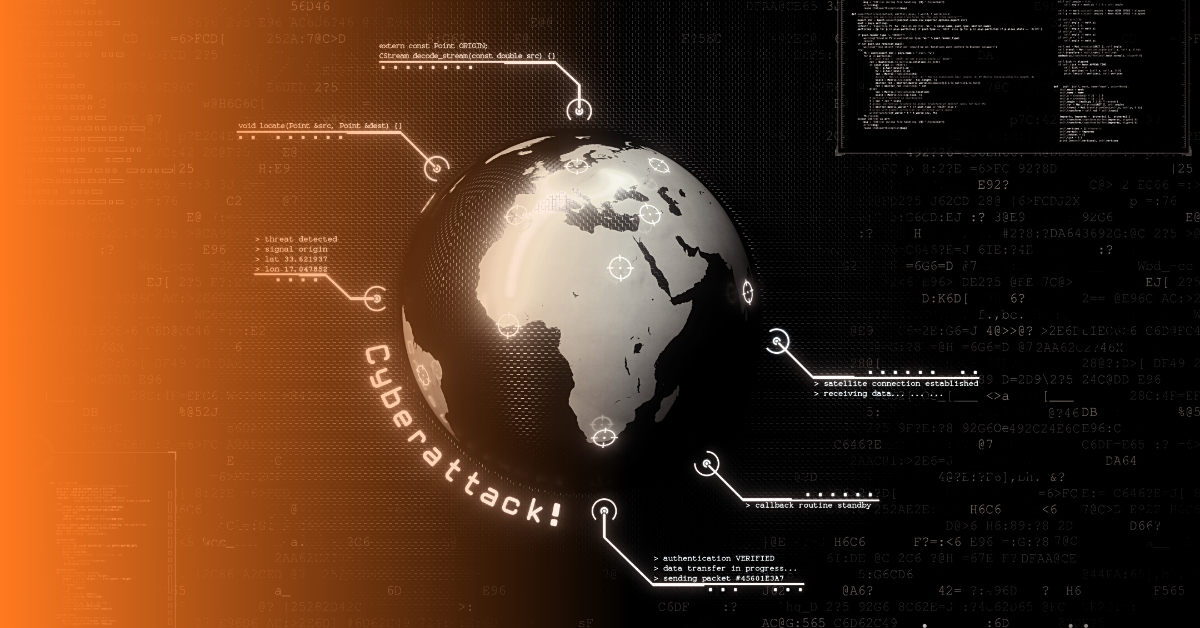How To Prevent Cybersecurity Attacks
Cyberattacks are on the rise and organizations need more sophisticated strategies to protect their sensitive information. Businesses must develop data security strategies and end-to-end protection plans to secure their data from cyberattackers. However, before implementing new, more complex, and advanced cybersecurity or data protection systems, executives must first have a deeper understanding of the most frequent forms of cybersecurity threats and how they are carried out in order to develop effective resilient security parameters and solutions.
What Is A Cyber Attack?
Cyberattacks exposed 4.1 billion records in the first six months of 2019. Every 39 seconds there is a cybersecurity attack by hackers which averages 2,244 times per day.
A cyber attack is a digital assault on any network device, software, and hardware, by an outside agent either seeking to gain access to files, destroy information, distribute the information or hold it for ransom.
How Do You Prevent Cyber Attacks?
Cyberattack prevention is critical because a single security breach may cost your organization tens of thousands of dollars in lost revenue and damages. Here are some easy and practical security solutions and suggestions for reducing the risk of a cyberattack, data breach, brute force DDOS assault, or another type of attack.
Update your firewalls and software applications
Every year, cyberattacks occur as a result of companies’ refusal to update important software. A few weeks before the WannaCry ransomware outbreak in 2017 Microsoft had released a patch to fix the issue. Thousands of businesses were left vulnerable since their software had not been updated in such a long time. It is critical to patch and upgrade IT systems on a regular basis in order to preserve sensitive data and mitigate cyber risk.
Two Factor Authentication/Multi-Factor Authentication
To confirm that an authenticated user is signing into a program. Most SaaS systems can give you a text or a warning through Google Authenticator before your login is verified. Use two-factor authentication on all online services wherever possible to mitigate cyber-attacks. 2FA and MFA can encrypt email, banking, payroll, and other sensitive accounts.
Endpoint Detection
Ensure that each endpoint has endpoint vulnerability detection and continuous surveillance built-in (an endpoint is a phone, iPad, laptop, or other mobile devices). Users can easily accidentally download malware onto their computers and business network.
What Are The Different Types Of Cyber Attacks?
Network Security Attacks
DDOS (Distributed Denial of Service)
DDOS is a type of denial of service attack. DoS attacks seek to flood applications, networks, computer systems, or servers with traffic, preventing them from responding to valid requests. A large number of infected computers can also be utilized to launch an attack on the target computer. The brute force attacks that cause a distributed denial of service (DDoS) are considered a criminal offense.
Ransomware
Ransomware is a harmful virus that infects your device and shows popup messages demanding money to restore the functioning of your machine. Ransomware may be downloaded by clicking on fraudulent websites or email attachments.
Hackers commonly employ this sort of malware, and it may be spread by deceptive links in emails, text messages, or on websites. The FBI advises against paying a cybercriminal in a ransomware assault since your gadgets are unlikely to be unlocked. Payment of the ransom helps aid criminal activities as well.
Injection of SQL data
A SQL injection attack occurs when fraudsters attempt to get access to a database by uploading illegal SQL files (Structured Query Language). The malicious agent now has access to your systems and any data contained in the SQL database and can display, change, or delete it if it is successful.
Wireless Security Attacks
Malware Attacks
Malware, short for malicious software, is a catch-all word for any sort of malicious code designed to steal sensitive information or disrupt an individual’s or organization’s routine business operations. There are a variety of techniques and solutions available today to prevent the propagation of harmful software in a given environment.
Organizations are spending a lot of money on anything from antivirus software to complex parameter solutions to reduce the chance of harmful malware being injected into your network. 37% of all malware types are .doc and .dot, while 19.5% are .exe.
Spyware
Spyware is a type of virus that may infect businesses of all sizes. Spyware is a sort of software that infiltrates your computer and collects personal data. This will contain information such as your physical location, personal information, IP address, browsing history, passwords, credit card numbers, and even addresses.
Spyware is a type of harmful software commonly employed by those who steal identities.
Spyware operates in the background of your computer, blending in with the operating system. Spyware may infect your computer network in a number of ways, including with your consent and without your knowledge.
Trojan Horse
Trojan horse viruses lurk in ostensibly legal apps or may disguise themselves as genuine applications. After entering your laptop, it installs a backdoor, similar to other forms of malware, allowing hackers simple access to the target system, the user’s computer, and their valuable data. Trojan horses will delete your files, impede your access, steal data, modify information on your operating systems, and generally disrupt your network’s day-to-day operations.
Social Engineering Attacks
Phishing
A phishing attack is a social engineering cyber-attack tactic that uses a misleading email, pop-up, or web page to collect sensitive or personal information. At its most basic level, this assault method typically sends a message that appears to be authentic, such as one from one’s bank or insurance company, or even an inside user’s email. Phishing attacks, in 2018, cost on average 3.92 million dollars to the targeted organization and 96% of phishing attacks are launched by email. Phishing attacks were present in 32% of all confirmed data breaches.
SpearPhishing
Spear phishing is a form of phishing assault in which cyber thieves target only senior executives or users with administrative access, such as server administrators and C-suite executives. Spear-phishing was used by 65% of malicious actors as the primary mode of attack.
BEC – Business Email Compromise
In a BEC attack, hackers will access the email accounts of the owner or operator of a business to impersonate them in the hopes of gaining access to sensitive information or stealing money from unsuspecting associates. Recent data shows 52% of data exposure was caused by hacking, 28% involved malware, and 32-33% consisted of phishing and social engineering ploys. In the second quarter of 2020, BEC attacks were responsible for an average loss of $80,183 per wire transfer. This is an increase from $54,000 in the first quarter.
Man-in-the-Middle
A man-in-the-middle (MitM) assault is a type of cyberattack known as an eavesdropping attack. An attacker interjects themself into a communication channel and intercepts essential data. MitM attacks are used to listen in on or change conversations between parties attempting to get sensitive information. MitM attacks can be used to capture user passwords or gather sensitive information, as well as to spy on the target, compromise communications, and install malicious software.


